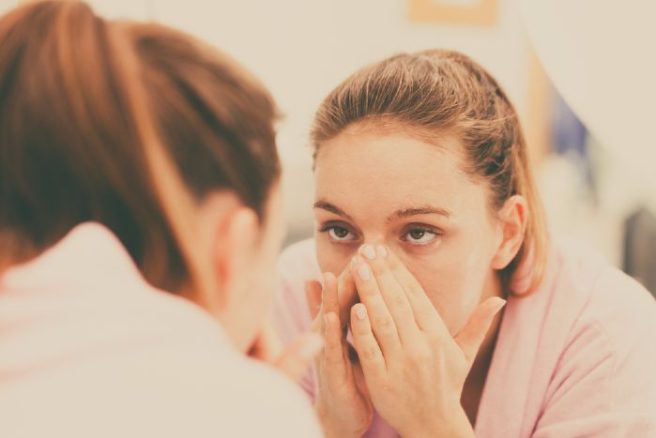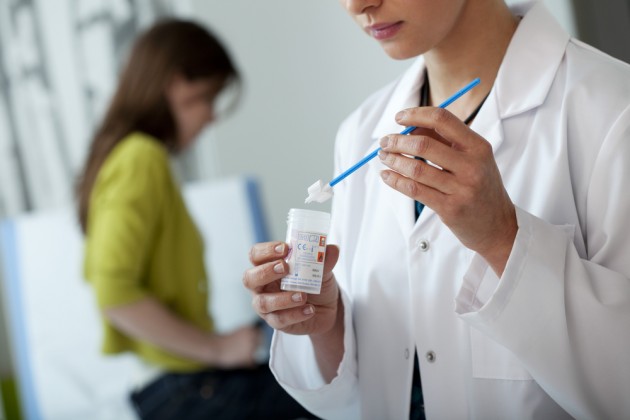There are some health warnings that we are all aware of – but what about those random spots, rashes and skin blemishes that seem to just appear out of nowhere?
While many of us will brush these off as random irritations, some skin symptoms are the first red flags of a more serious condition.
Here are seven that you should be aware of – and never ignore.
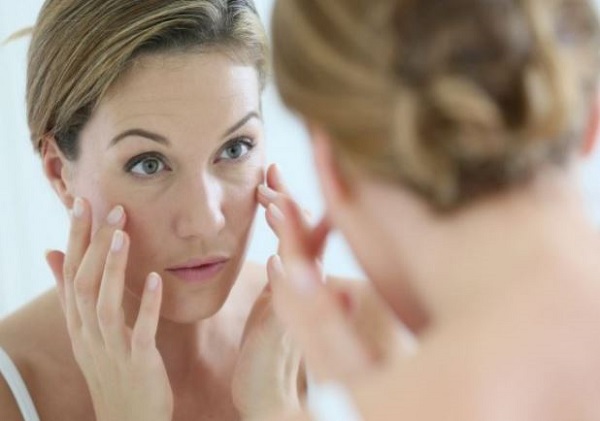
1. Changing moles
Always check in with a doctor or skin specialist if you notice the development of a new mole, or changes to an existing one. Things to look out for include: changes in size, shape and colour; blood or discharge; sudden itching or irritation, or if a pigmented lesion differs in appearance from your other moles, described as ‘an ugly duckling’. The ABCDE method indicates what changes to look for.
-
Asymmetry: One side doesn't match the other.
-
Borders. The edges are irregular or jagged.
-
Colour. The colour is not the same throughout the mole.
-
Diameter. Larger than 6mm.
-
Evolution. There is a change in the size, shape, surface (especially bleeding), colour or new symptoms (such as tenderness).
2. Pearlescent/grey bumps
Indeed, any changes in the skin, including lumps or changes in texture, should be noted. For example, have you noticed a shiny lump with a ‘pearl like’ rim and a central crater? Then you should make an appointment with your doctor or a skin specialist as this is one of the tell-tale sign of basal cell carcinoma, which is the most commonly occurring form of skin cancer.
3. Breast dimpling
When it comes to breast cancer, the majority of women will know to check for lumps. However, dimpling is another red flag and can occur when cancer cells obstruct the lymphatic drainage in the breast tissue. If dimpling or other changes of the breast are observed, your doctor should be consulted straightaway.

4. Tender, crusting rashes
It’s important to look after any particularly tender or aggressive rashes. If left untreated to the point where they are regularly bleeding or crusting, this could be a sign of a more serious underlying condition or potential infection.
5. Lumps or abscesses in your private parts or underarm
These could be the first signs of an inflammatory skin disease of the hair follicle, known as hidradenitis suppurativa (HS) or acne inversa.
These recurring painful, ‘boil-like’ lumps or abscesses typically occur in the armpits, groin and buttocks; as well as under the breasts and around the perianal area.
With a new study revealing that it can take up to eight years to diagnose HS due to lack of awareness, it’s important to take note of these symptoms and talk to your doctor.
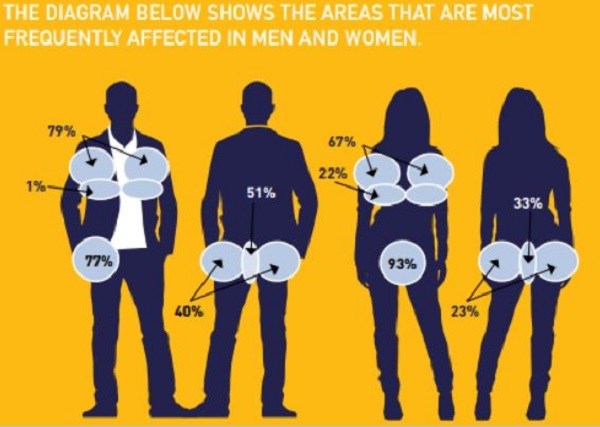
6. Meningitis rash
As a potentially life-threatening illness, it’s extremely important to know the signs of meningitis, and to catch it early. A typical rash associated with meningitis will look red or purple, developing from small spots into bruise-like blotches.
If the rash is accompanied by common symptoms of meningitis – including fever, headache, light sensitivity, neck stiffness, vomiting and disorientation – contact your doctor immediately.
In the meantime, perform the glass test, by simply pressing a glass tumbler against the rash. If the rash doesn’t fade under the pressure, you could well be dealing with a case of meningitis.
7. Bruising easily
Have you noticed that your skin bruises following even minor bumps or the slightest pressure? If so, you need to consult with your doctor, as this (together with a number of other symptoms) can sometimes be a warning sign that you could be suffering from leukaemia.
Leukaemia interferes with the body’s ability to produce healthy white blood cells. As they grow in number, these abnormal cells also interfere with the production of other types of blood cells, preventing the body from protecting and healing itself to the best of its ability.
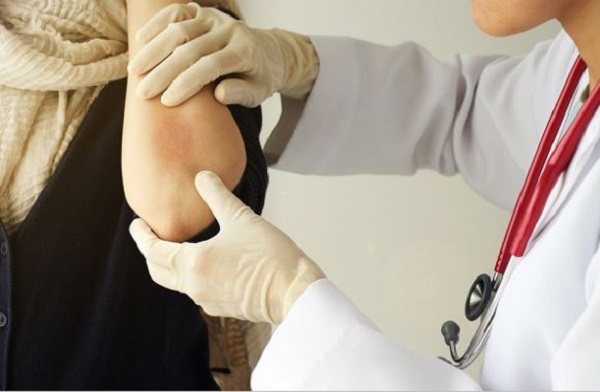
The Irish Skin Foundation (ISF) has just launched a new campaign, #Five17Eight, to raise awareness of hidradenitis suppurativa (HS); an often misunderstood and misdiagnosed chronic skin condition.
A new online hub dedicated to HS containing a dedicated handbook and inspiring stories from individuals living with HS will be available from Monday 6th March on www.irishskin.ie.
From symptom recognition to care tips, it is hoped this resource will fill an information void that exists for the many people living with HS who may be undiagnosed, as well as those who have lived with HS for many years and may feel isolated by the condition.
This new resource aims to help people living with HS or those concerned that they may have HS, to recognise their symptoms and get the support they need.
For more information about resources and events, check out this link.











